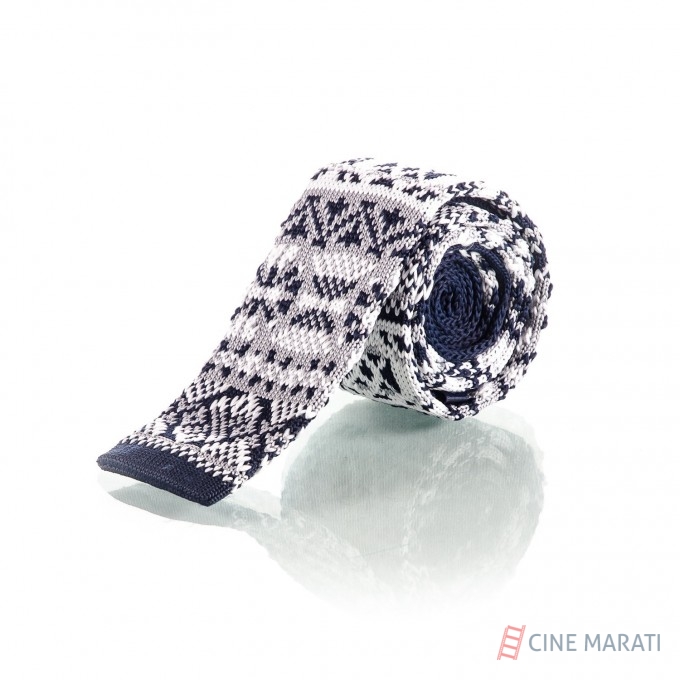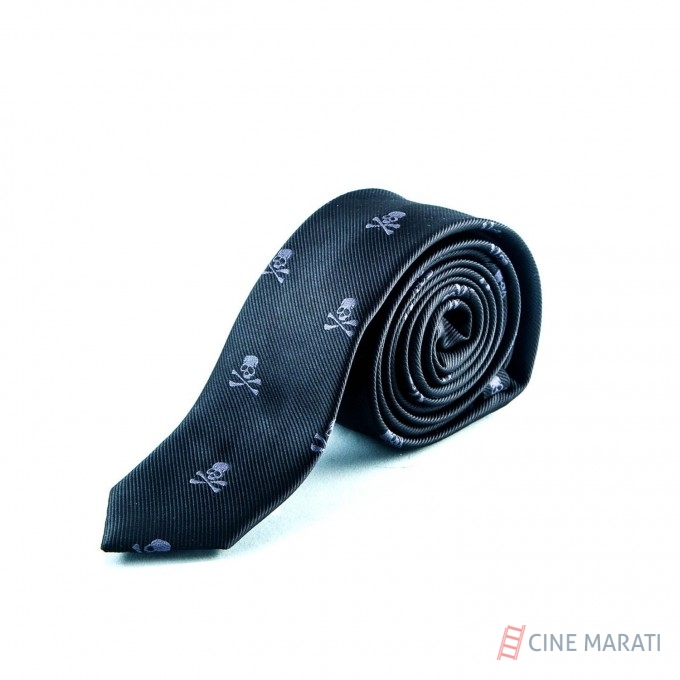Since the 17th Century, men have been wearing neck ties as an accessory. You may have wondered where this fashion started as a tie has little practical use. It does not keep you warm or dry and is purely decorative. We asked gentleman’s accessory experts, Punk Monsieur, to explain the history of this accessory and the style is evolving into the 21st century.
It is agreed by historians that the origin of the neck tie started in France during the 30 year war. At the time King Louis XIII controlled an army of mercenaries from Croatia. Part of their uniform was a cloth piece around their neck. King Louis called this piece of clothing “La Cravate” in honour of the Croatian soldiers and made it a mandatory item to wear to royal gatherings. Cravate is still the word for neck tie in France today.
The cravat was popular through the 18th and 19th Century incurring subtle changes. However it was not until 20th Century where the neck tie really began to evolve in style.
1920s
In the 1920s Prince Edward of Great Britain became a fashion icon to the public. He preferred more of a casual dress code compared to his predecessors. Sporting soft shirt collars and a lightly tied neck tie. The accessory’s popularity grew at a rapid pace. The British middle class began to wear them as a sign of wealth and power. There was a decline in formal cravat, and designers put a strong emphasis on comfort, functionality, and fit. Towards the end of this decade ties began to resemble the style that we see today.
1930 – 1940s
This was also the time when people started to develop different ways to tie neck ties. In the early 1930’s colours and patterns were very plain because of the effect of World War II. The neck ties became more colourful with fanciful patterns when the war was ending. Fashion determined that a tie could show the owner’s identity and personality.
1950s – 1960s
When the 50s came, there was a rebellion within youth culture. The neck tie went out of fashion for a while. Instead t-shirts and leather jackets were the trend of the moment.
1960s- 1980s
The neck tie went through a series of ups and downs during the 60s-80s as there were many different fashion trends at this time. During the1960s, bands like the Beatles made it popular. However this popularity was short lived when hippy culture spread when young people vouched for unstructured clothing instead. Towards the end of the 1970s pop icons such as David Bowie once again popularised the look. Especially in slim, skinny styles.
1980s – 2000s
The 80s carried on the success of the 70s and the tie was worn by everyone from pop and rock stars to the top business yuppies. In the early 90s the neck tie became most popular in work places, with many businesses making it a mandatory part of their dress code.
2000- Present
When the computer boom hit in the 90s to early 2000s, the neck tie had lost a bit of it’s status. It was seen as a dull piece of office clothing. Until (like all fashion) it had a revival and made a strong comeback in recent years. Now the necktie is worn by a wide variety of people, and available in a plethora of style. It has been embraced by the fashion industry and can be worn in a relaxed and casual way and is used at all sorts of events.
What is the Future of Neck Ties?
Today ties are available in a variety of widths, cuts, fabrics, and patterns. The fashion industry has made this accessory all about personal choice. Allowing the modern man to express his own individual style. Width, unique fabrics, weaves, and patterns are all key to this. Knitted ties became popular in 2012 and are still going strong. Patterns range from bold floral and Paisleys, to more demure styles with a modern edge.
Do you love men’s fashion? Follow the Punk Monsieur blog for all the latest styles.


